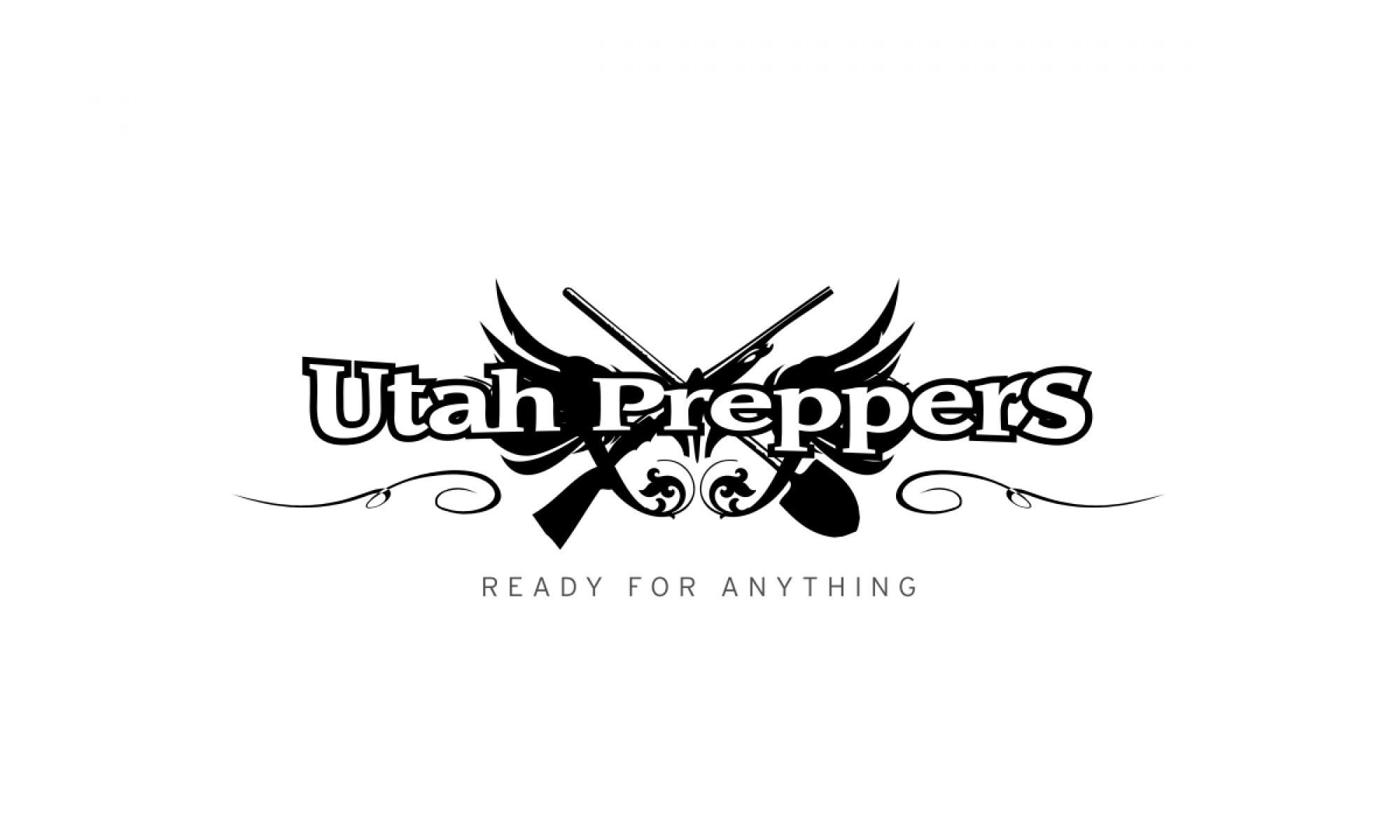 I’ve always been interested in Blacksmithing, both as a link to past skills and as a possibly useful prepping skill. Early in 2012 I began looking into how I might be able to start learning this craft.
I’ve always been interested in Blacksmithing, both as a link to past skills and as a possibly useful prepping skill. Early in 2012 I began looking into how I might be able to start learning this craft.
I quickly found ABANA, the Artist Blacksmith Association of North America. As the organization’s name might imply, most people doing blacksmithing today are doing it as an art or for ornamentation purposes. Through ABANA, I was pointed to our local Utah ABANA chapter, the Bonnevile Forge Council.
This local chapter has meetings on odd numbered months for its members and those interested in learning about the club and blacksmithing. These meetings are often centered around demonstrations of hands on projects. The club members try to make it less intimidating for newcomers who have never heated metal to 2000 degrees before.
I was able to attend the March 2012 meeting and meet many of the club members. I haven’t missed a meeting since. The next meeting for the club will be this coming Saturday in Provo and focuses on teaching forge welding. I hope any of you who are interested will be able to make it out. Please see the meetings link above for details.
If you are not able to make it to the meeting this weekend, the club president is hosting a short class on making flint strikers which will teach several basic blacksmithing skills. This three hour class will take place the evening of Wednesday, May 15, 2013. More information is here.
We recently posted about an all day introductory blacksmithing class taught by the club President and Mark Henderson, both accomplished blacksmiths. I was informed that the class filled up quickly, mainly due to interest from those who heard about the class through this site. I’d like to hear any feedback any attendees have on the class as well as gauge interest in additional introductory classes and other courses of instruction.











